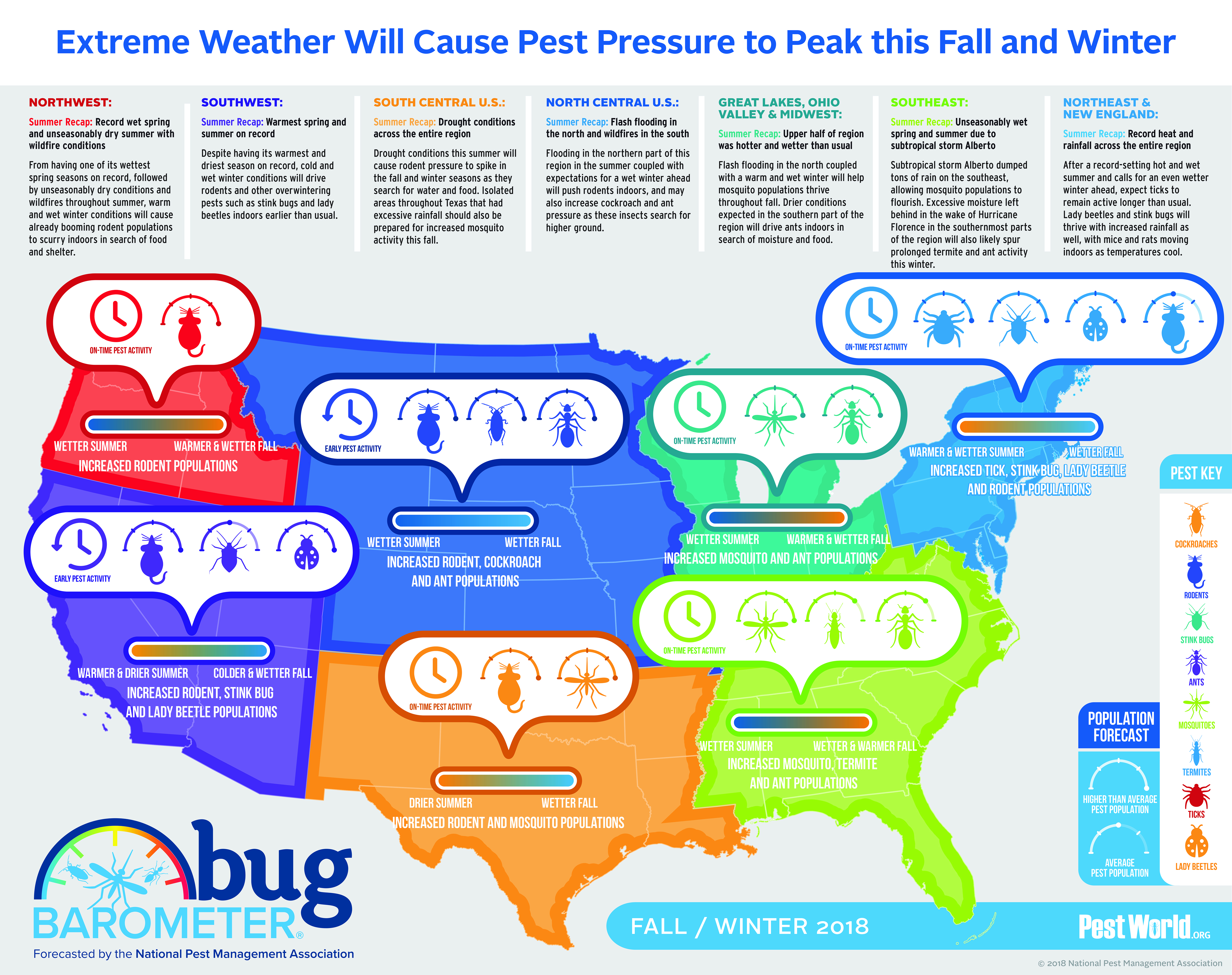Understanding The Habits Of Typical Rats For Effective Rodent Control
Understanding The Habits Of Typical Rats For Effective Rodent Control
Blog Article
Web Content Writer-Cunningham Thorsen
When it pertains to rodent control, understanding typical rodent behavior is crucial to properly taking care of problems. Did you recognize that rodents have some remarkable nesting habits that might shock you? By exploring their detailed behaviors, you can acquire beneficial insights into how to take on rodent concerns in a more strategic and efficient manner. So, allow's decipher the mysteries behind these creatures' activities and learn how to outsmart them in your rodent control efforts.
Rodent Nesting Behaviors
When observing rodents in their natural habitat, you'll see that they proactively seek products to create their nests. Rodents, such as computer mice and rats, are resourceful creatures that make use of a range of items like branches, leaves, paper, and fabric to develop their homes. They're meticulous in their nest-building procedure, typically lining their nests with softer products like hair or feathers to create a comfy atmosphere.
Rats like to build their nests in concealed and safe places to protect themselves and their young from predators. Common nesting places consist of wall surface dental caries, attic rooms, cellars, and even within insulation materials. By constructing their nests in these remote areas, rodents can safely raise their spawn far from possible risks.
It is necessary to understand the nesting practices of rats when implementing control actions. By disrupting their nests or removing materials, you can prevent rodents from developing a presence in your house or home. Proper sanitation and sealing off access points are also crucial steps in stopping rodent infestations.
Rat Feeding Patterns
After observing rodents' nesting routines, it ends up being apparent that their feeding patterns play a critical duty in their day-to-days live and behaviors. Rodents, consisting of mice and rats, are opportunistic feeders, suggesting they'll take in whatever food resource is easily offered. They're mainly nighttime creatures, favoring to forage for food during the cover of evening to stay clear of killers.
Rodents have a diverse diet regimen, ranging from grains, seeds, fruits, and vegetables to pests, nuts, and even small pets. This versatility in their food choices allows them to thrive in numerous environments, consisting of city areas where human food sources are abundant.
Their feeding patterns aren't only driven by appetite however additionally by the demand to stockpile food for times of shortage. This behavior is especially obvious to prepare for winter season or when nesting. Rats are understood to hoard food in their nests or burrows, ensuring a constant food supply. Comprehending their feeding patterns is important in implementing efficient rodent control measures to disrupt their food sources and prevent problems.
Rat Activity and Traveling
Rats navigate their environments with dexterity and stealth, using their eager senses to move promptly via their settings. These animals are proficient climbers, able to scale wall surfaces and upright surface areas with ease. They can likewise press through surprisingly small openings, making it critical to seal off any kind of possible access points in your home.
When https://www.forbes.com/sites/forbesbusinesscouncil/2020/10/29/how-to-start-a-successful-pest-control-company/ concerns taking a trip, rats have a tendency to adhere to acquainted courses, developing tracks along wall surfaces or skirting the sides of rooms. They're creatures of habit, usually sticking to these developed courses as they forage for food or explore their environments.
Rodents are known for their nocturnal habits, so you might hear them scooting about at night as they search for food and water. Their motions are quick and erratic, allowing them to dart in and out of sight in the blink of an eye.
Recognizing just how rats move and travel can aid you identify prospective infestation locations in your house and take proactive actions to stop these insects from acquiring a grip.
Verdict
As you work to manage rodents in your house, bear in mind that recognizing their actions is vital. By recognizing please click the up coming post nesting routines, feeding patterns, and activity, you can successfully avoid invasions.
Coincidentally, by taking proactive actions to get rid of food resources and seal access factors, you can disrupt their familiar courses and force them to seek new locations, inevitably decreasing the likelihood of rodent existence in your living spaces.
